David Turnley is a Pulitzer Prize-winning photographer and filmmaker who has captured some of the world’s most unforgettable events. Below is the second part of our conversation with him on his long-term project documenting Nelson Mandela and South Africa. Click here to read part one.
Q: The South African experience is certainly not identical to the United States, but out of the crucible of that system has come genuine progress and it would have not been possible without a truly great man like Mandela. The only people who can even compare would be Gandhi, Abraham Lincoln, Dr. Martin Luther King, Jr.
A: I think that’s true. The strategy of slavery in America, it seems, was to bring Africans from mostly Central and West Africa to dissimulate people from their cultures and languages and, in doing so, strip these Africans of their identities. As a result, once slavery ended in America, these people were left rootless, having been cut off from their culture. In some sense, the hopeful reality was that after apartheid, the country created a democratic constitution, with the majority people of color, on their land with their languages intact. Perhaps the legacy of slavery in America has been that much more challenging to overcome.
Q: That’s exactly right. By the way since this is for the Leica Blog, did you take these photos with a Leica?
A: Yes, many of them. Leica has always been a very significant camera in my arsenal of equipment.
Q: Which Leica do you use in your work?
A: I am at this stage very much a beneficiary of the digital age and can only express my gratitude for the support I have received from Leica. I primarily use a digital M9 with the 35 mm f/1.4 Summilux ASPH. lens.
Q: That’s a fantastic lens. What is it about that combination? There’s something about it that just seems to be phenomenally great for journalistic, documentary photography. It’s got a direct vision viewfinder rather than looking through an SLR and the fact that you can see a little area outside the frame when you’re shooting with a 35 mm is helpful. It’s small and light, very solid and fits in your hand very nicely. Everyone has talked about that stuff. But what is it, to you, that makes the Leica M9 with a 35 mm lens so special for this kind of work?
A: The word that comes to mind is ineffable. One can’t discount the heritage that I feel of the tradition of incredible documentary photographers who have used Leica cameras. There’s a certain respect one has for anything German when it comes to precision. You have to acknowledge the incredible glass in this lens. That is where I see the distinction of a Leica when it comes to the quality of actual images, particularly when you’re photographing into back light and the incredible separation that happens in the foreground to background layers with Leica glass.
But about the tradition, there’s something energetic about the camera. As I’ve said before, I used to play football. And you ask, “what could be the correlation between photography and football?” But there is one. I was a quarterback and wide receiver and then a linebacker. There was a ballet of chaos in space and choreography when I played football, and it’s absolutely what’s happening now as a photographer. You’re availing yourself to the most extraordinary flow of chaos in space and trying to tap into that. This camera, when you put it in your hand and you hold it, and you put it in front of your face, it’s inspiring of this ineffable process that’s kind of hard to explain. It’s about how you allow yourself to get into a flow of the life that you’re intersecting with in front of you. The feather-like quality of a Leica camera in the hand offers a sense of balance and respect for the person or people in front of you. It’s not obtrusive. It’s not aggressive.
Q: If you’re shooting with a single-lens reflex, you’re looking at the world on a little screen, whereas a Leica evolved from the scale-focusing camera rather than the view camera. To me, you’re not looking at the world through the camera. You’re looking at the world through your eyes, but just so happen to have this little device that can capture the moment and the composition that you want. It’s sort of an existential difference.
A: I couldn’t agree more. If you look at a single-lens reflex, where the viewfinder is in the middle of the camera, whether you’re right-eyed or left-eyed the camera is effectively blocking your face. So, the person you’re photographing is actually interacting with a camera, not with a person.
Q: … and when you’re shooting with a 35 mm lens you’re actually in the person’s space..
A: … exactly. And so, with a Leica, what’s interesting is with the viewfinder being at the left side and with me being right eyed, you can actually see over half of my face. Over the years I have trained myself to keep my left eye open so that the person in front of me can connect with my eye. My colleagues and I feel that having a Leica around your neck is also like wearing an exquisite piece of jewelry. It’s such a beautiful object.
Q: The lenses really are extraordinary. Leica lenses are designed on the Leica heritage of lens design. They are not only designed to deliver outstanding image quality; they’re also designed to produce beautiful images. And this goes back to that ineffable quality. But that doesn’t mean it isn’t real.
A: Talking about the relationship between rhythm and beat and space, I also think of photography very much as a dance. But why do I call it a dance? Because sometimes someone leads, but if you watch a great couple dancing, they share the lead very often. That’s how I think of it. It’s collaborative.
Q: Some of these images are very moving. Are there any images in this portfolio that stand out to you as being particularly memorable?
A: Of course among the iconic images that I’m proud of, includes the image of Nelson Mandela in his jail cell.
Q: There’s one that particularly stands out where there are two black hands holding up what looks like a passport.
A: It’s what they called a passbook, and you were required to carry it at all times and show it to the authorities on demand.
Q: I think that’s a powerful one.
A: Thank you. So I was talking to you about the day-to-day, nuanced depictions of the real indignity of this master/servant relationship that was so prevalent at the time. There was a photograph I made that really got under the skin of the white government. They just hated it. When you were a foreign correspondent in the ‘80s you would get called in every year by the Bureau of Information and they would put down in front of you images or clippings that their consulates around the world had collected of your work to decide whether to renew your visa or not. They were kicking people out of the country left and right. I eventually did get kicked out in 1988 and wasn’t allowed back until just before Mandela’s release.
The photo they just hated was a photo of black farmer standing in the back of a pickup truck as the white farmer is at the steering wheel, with the passenger seat empty. The functionary that I was dealing with was livid when he saw this photograph. He said that it was a caricature of how things were and that it didn’t really reflect the state of things. But he was wrong; it was the status quo. And in some ways it still is today.
Q: What do you think you accomplished with this portfolio and what does it mean to you personally?
A: The work itself represents thirty years of my life. It was an opportunity to reveal the struggle in South Africa, and to touch these resonate chords for people around the world. Growing up, I believed we were all created equal. I think Nelson Mandela would have been happy for his legacy, and my work as a reflection of that, and an opportunity for me to give the message that there’s a little Mandela in all of us.
Q: It’s the human story. It’s getting beyond our small selves and into our larger self, and opening our hearts.
A: I was invited this past month to come down to Johannesburg to open an exhibit of this work at the Nelson Mandela Centre of Memory. I was asked to say some words to the audience. It was an incredible honor. I came to realize that a few people in my life who had inspired me were now gone: Nelson Mandela, my father, etc. I said that we have to think about the seasons of life, or the passage of time and acknowledge that it’s now up to us to try to do the right thing as often as possible. I have to acknowledge in all humbleness that I feel incredibly fortunate to have been able to be touched by the South African struggle and by Nelson Mandela.
Q: I sense that gratitude in everything that you say. So you said that there was a message for the world in all of this. What do you think some of the elements of that message might be?
A: Just speaking from my own experience, I try to share this thought as often as I can: a life well lived is to have the good fortune to find something that one feels passionate about, to live an engaged life. Beyond that, one of the unifying threads of humanity is that there are lots of things we don’t really understand philosophically and existentially about our journeys. Certainly one of the unifying threads that seems to be part of the connecting tissue for all of us, is fear. So I think in addition to passion, a life well lived is one spent in a discipline that requires you to confront your fear on a daily basis, and taking baby steps over those thresholds of fear and when you do, only good things happen.
Thank you for your time, David!
– Leica Internet Team
Editor’s note: For convenience we’ve presented this interview in a Q and A format, but it is actually a dialogue.
Learn more about David on his website, Facebook and Twitter. Watch the video “A Tribute for Nelson Mandela – For Madiba with Love – Photographs by David Turnley” here. David has just completed a feature length documentary – a five year project titled ‘Shenanodah’ in a coal mining town in Eastern Pennsylvania where four young white football players had beaten to death an undocumented Mexican immigrant. This highly acclaimed film will be available soon on Netflix and air on a ABC/Univision program called Fusion.

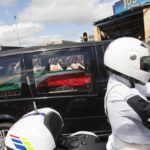
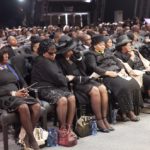
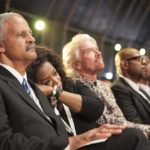
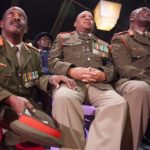
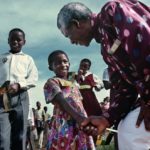
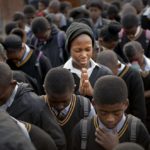
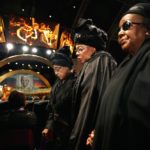
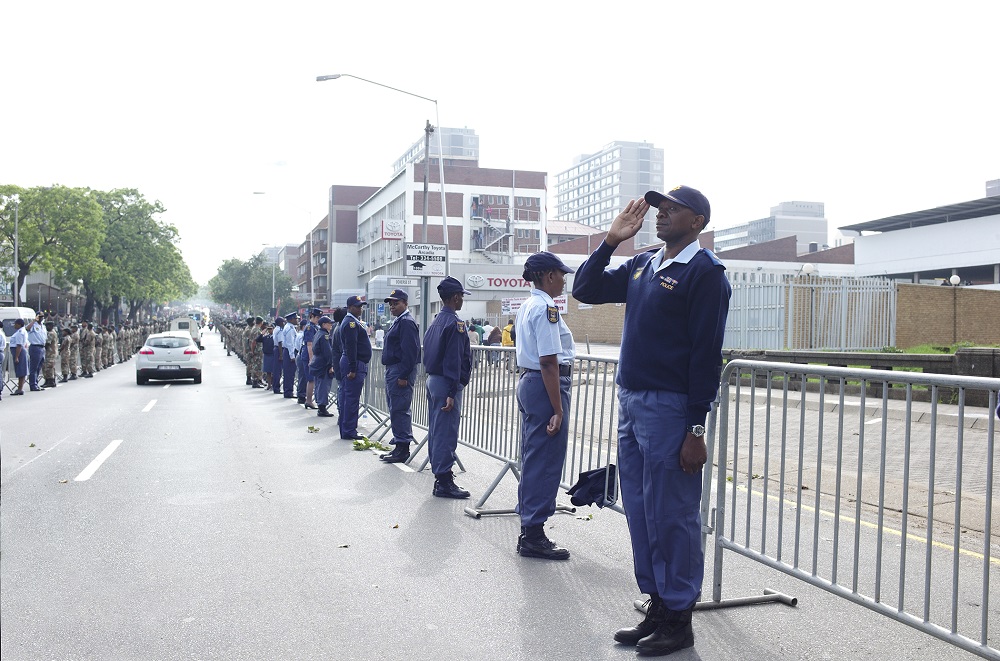
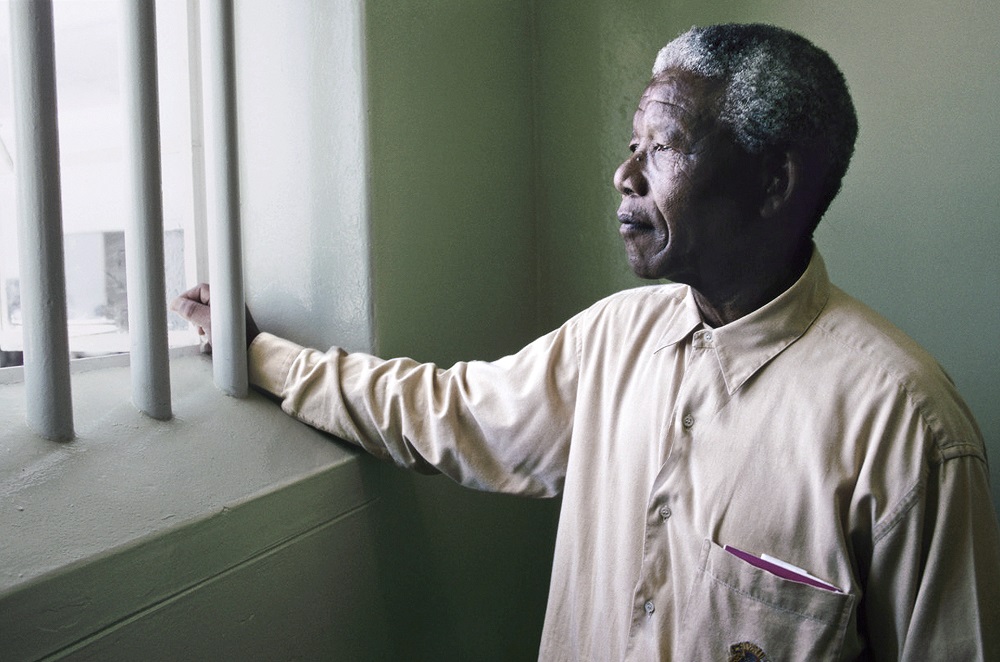

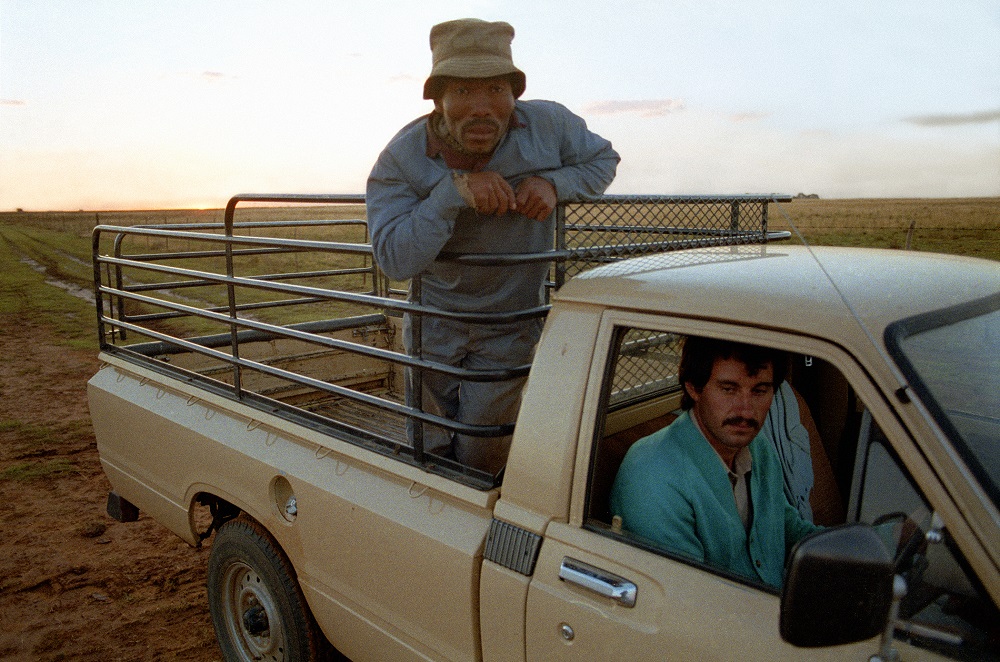
Comment (1)